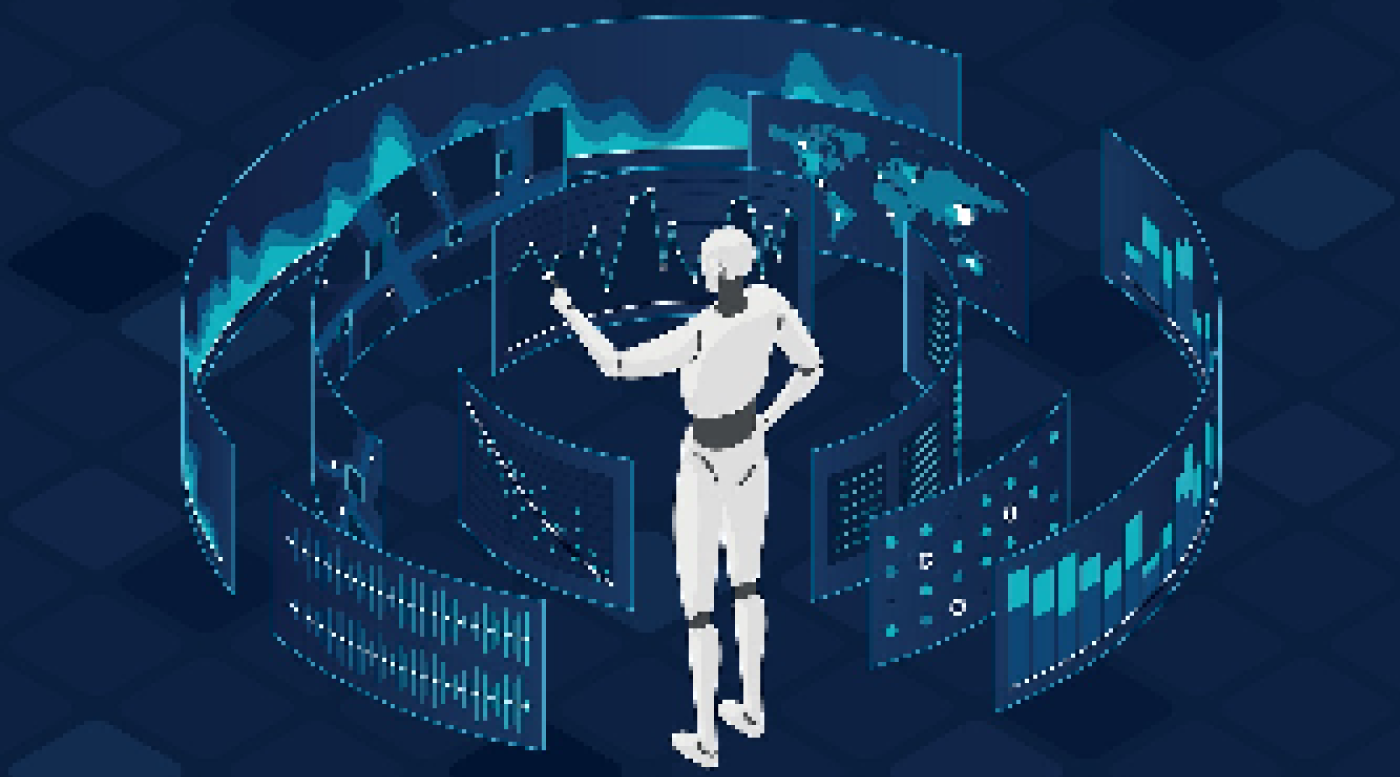Advances in “self-driving” AI for buy-side trading
Until they stop working, algorithms function well.
This adage in trading was mostly based on the times when algos were essentially a “set-it-and-forget-it” proposition, developed under a set of conditions that, when drastically altered, became less effective. Comparably, unless it runs into ice weather or impediments, cruise control in cars does an excellent job of maintaining speed. Then came autonomous driving, which is able to react quickly to changes in the road environment and make decisions while driving in real-time. AI in algorithmic trading is the cruise control for institutional investment managers heading toward a full-control algorithmic moment. Some sell-side companies are also setting the standard.
Trading algorithms send buy and sell orders to the exchange or dark pool that has the highest liquidity and the lowest friction, which is a challenging task in the highly dynamic, complicated, and fast-paced U.S. equity market that spans numerous light and unlit trading venues. AI can improve these algorithms’ performance from one trade to the next and help them understand and respond to real-time market situations more effectively.
Sam Clapp, Executive Director of Mizuho in New York, said, “We’re providing the buy side with significantly more sophisticated strategies that can identify trends, perform forward or backward propagation, and learn from themselves. It is significantly cleverer and more complex than it once was.
It is hardly surprising that large institutional buy-side organizations have taken a methodical approach to adopt artificial intelligence, given their reputation for conservatism and risk aversion. A Coalition Greenwich poll of 36 buy-side companies found that only 31% of investment managers used algos that included machine learning and artificial intelligence as of the third quarter of 2021. Additionally, pessimism persists: according to a separate Coalition Greenwich study of 234 respondents from the buy-side, 41% believe the promise of artificial intelligence is overblown, while 27% believe it is underrated.
Investments are being made in AI because businesses want to be included if and when the technology reaches its full potential. According to a 2021 Broadridge survey, buy-side and sell-side companies intended to increase their spending on AI, blockchain, and cloud by 33% over the next two years.
BlackRock, the largest investment manager in the world with $10 trillion in assets under control, is looking into how AI may enhance trading. In a previous interview with Markets Media Europe, BlackRock Global Head of Trading Supurna VedBrat said, “We are continually researching how data science and artificial intelligence may help us supplement human intellect with computing, and to do so at scale. “From a risk viewpoint, what we are seeing today is better outcomes, but I think moving forward, it is going to affect trading tactics that the buy side adopts dramatically.”

The algo evolution
The use of AI in buy-side trading is still in its infancy, so there is still plenty of room for sell-side banks to become the go-to providers. Mizuho, which won Best in AI at the Markets Media Group’s 2022 Markets Choice Awards, is doing this with its Compass trading system, which goes beyond machine learning and deep learning. Using structures inspired by the human brain, computers will be taught to think in this way.
Back then, trading algorithms were static and schedule-based, according to Clapp, who gave some background information. “There was no variance based on outlying events, even just more normal occurrences, or nuances in the market, like volume, is up, or spreads are wide,” he said. “Strategies ten years ago simply didn’t take that into account.”
Sell-side brokers first joined the field of artificial intelligence (AI) a number of years ago, generally with price-prediction capabilities that would anticipate the price of a security at a given time, minutes, or hours in the future.
Compass comes into play when the portfolio manager gives a trader an order. Don Hundley, head of electronic trading at Mizuho in Tokyo, said that the trader is aware of the number of shares they must purchase or sell and that they must beat a particular price as a benchmark. The goal of Compass is to trade the stock in a strategy that will produce the best outcome.
Hundley also found that Compass extends beyond price prediction to a technique known as clustering, which groups data points based on certain commonalities and allows the AI to recognise from prior experience when trading a set of stocks in a particular style is more effective.
“That may mean being very aggressive; it could mean not posting on the lit markets and concentrating just on dark traffic; it could mean taking more liquidity now than later or doing the opposite,” Hundley said. In contrast to static algorithms, which trade stocks listed on the exchange, in the same way, clustering enables us to customize the execution method.
One institutional buy-side trader noted, “Compass has given our desk the opportunity to truly utilize some of the available deep learning by not just utilizing what Mizuho has done around AI, but also by giving us the flexibility to design our own version of Compass with unique inputs.”
Mizuho, which has published studies on the subject and has cooperation with a major technical university in China to work on AI algo trading technology, is upgrading Compass with volume prediction. To forecast how much volume will be traded in a specific future timeframe, this functionality takes into account a number of variables, including news flow, earnings releases, and recent volumes.
“The goal of AI for a buy-side trader is to augment their own trading,” said Hundley. “This may involve automating some of the vanilla, non-challenging deals, or it may involve leveraging an AI-driven broker algo to obtain a better execution result for a difficult trade.” By employing the AI capabilities at our disposal, we want to improve trading results in comparison to any given benchmark.